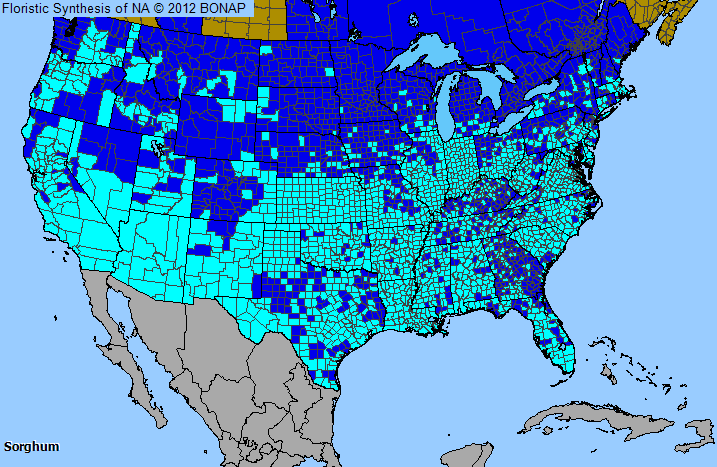
Plant Allergy Overview
Allergenicity
Moderate
Pollen Season
Summer Fall
Type
Grass
Sub-Type
Annual
Allergy Information
This is one of the more significant grass types in terms of allergy. Grain sorghum, an annual type, causes limited allergy problems. Johnson grass (S. halepense) is a major allergy plant.
Genus Details
Sorghums, both annual and perennial types, have long, flat leaves (like a corn plant) and large terminal panicles or seed heads that are 0.5 to 1.5 feet long. Johnson grass (also known as evergreen or Egyptian millet),with the latin name Sorghum vulgare, is a perennial with an extensive root system, and grows 3-5 feet tall. Pollen shed occurs in July to September, which coincides with the flowering of bermuda grass. Introduced to the U.S.from the Mediterranean region for use as a forage in arid regions, johnson grass has become established in open fields and waste areas in southern latitudes of North America.
Pollen Description
Grains are spheroidal to ovoidal with a thin exine. The surface is reticulate and the grains are 1-porate.
The pores are circular and the grains are 40-50 microns in diameter.
Genus Distribution

The shaded areas on the map indicates where the genus has been observed in the United States.
 - Native, observed in a county
- Native, observed in a county  - Introduced, observed in a county
- Introduced, observed in a county  - Rarely observed
- Rarely observedSpecies in Columbus Grass Genus
Allergens & Plants Search
Enter a full or partial species name to find more information on one of over 1,200 potentially allergenic plants.
For example, you can find chenopods searching on "cheno"


